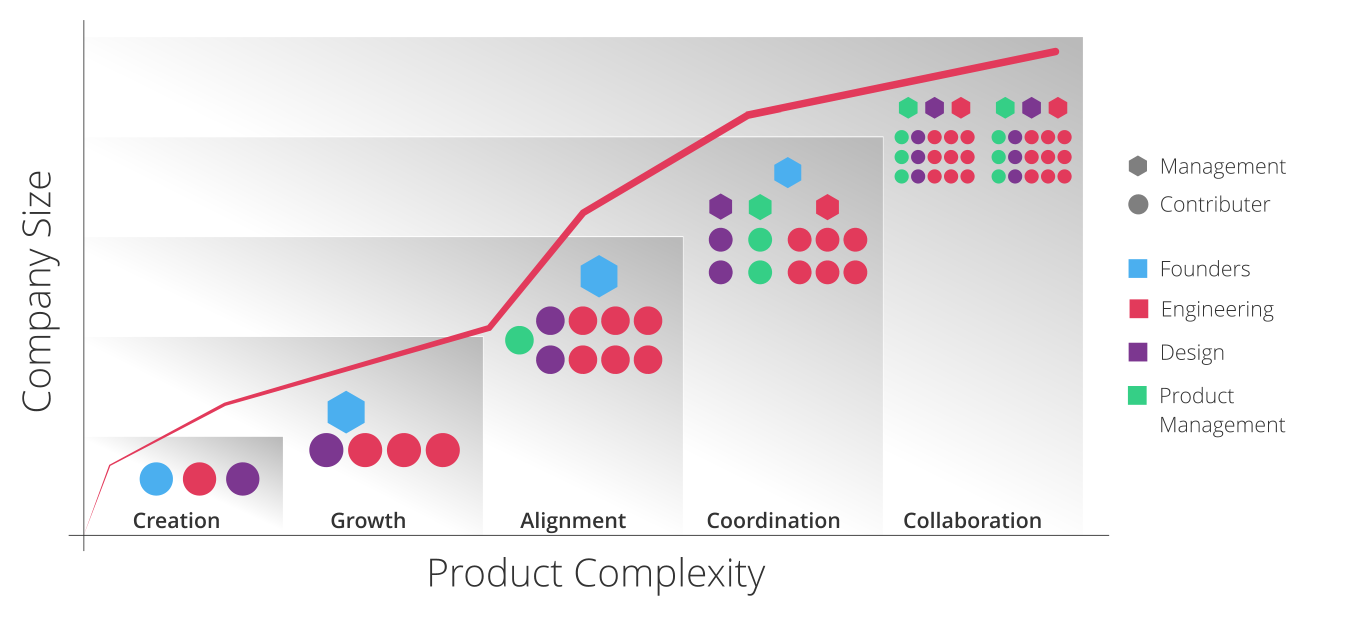When you are small and gaining momentum, the day to day operations will demand all of your time. That new feature that's due yesterday or that major bug threatening to wreak havoc on new your newly minted customer base, “need” to be addressed immediately. Planning can easily wait till tomorrow. Before you know it, tomorrow has been two months...going on three. That may not seem like a long time but in the ever-accelerating world of software, that is an eternity. While you have been toiling away, the product/business has been trucking along without anyone at the wheel. It is nearly impossible to know where you are going, when you don’t have a clue as to where you are, much less how you got there.
That being said, strategic planning is not about setting your sights on a absolute destination, it's about developing a deeper understanding of how you are evolving so that you can make informed decisions. Learning is the goal and that will come from both succeeding and failing. Below are three action items I use to drive planning, learn and communicate the vision.
Plan your accountability
One of the key things that has helped keep me disciplined on planning is using what I call the accountability factor. Months in advance, I will schedule a meeting to share or discuss the strategic plan (typically quarterly) with team members. This may be reviewing it with the executive team and/or sharing it with my department. The forcing factor of having to lead this meeting and knowing that it is looming on the horizon forces action. There is a clear deadline and my audience is holding me accountable whether they know it or not.
Learn, Question and Innovate
As I mentioned before, strategic planning is more about learning, and the best plans help exponentially grow your intelligence. If you lack a plan, set some goals with corresponding objectives. The goal should capture the intent of why and where you hope to be. The objectives are the clear measure of how you would know you succeeded. Setting these in place doesn’t need to be a months long endeavor, especially if you are doing it for the first time. Just get something in place. Then as you approach the deadline for those goals, review your progress. What worked? What didn’t? Why? What will you do differently this time? How will you know it is better? These questions provide you insights into the business, product and people. From here you can course correct as needed. You have something to measure against which provides information, you can then investigate the causality allowing you to question why, which gives you the fuel to innovate and set the adjusted course. As time goes by, you will learn the key drivers for your business and product, what levers to pull for change and ultimately provide focused visionary leadership.
Communication FTW
Strategic plans are meant to be shared and will require massive contributions from your team in order to succeed. To help guide those contributions, ensure that you have communicated the direction and intent behind it. Clearly connect the work they are doing, or will be doing, with the deliverables required to achieve the goals. This connection creates alignment and buy-in that helps them know the impact of their efforts.
One other way to do this is to invite them into the creation process for the strategic plan. By involving them, they gain significantly more context in the why, they elevate their thinking as owners and it multiplies the collective intelligence of the business. Ask the team what they see as the strengths, weaknesses, opportunities and threats (SWOT). Which ones are the most important to address in the next quarter and why? Solving those, where does that get us? Those questions drive discussion and that discussion will help you think through the plan faster. It also helps you better understand your team and how to connect the plan to their efforts.
Ship it
Strategic planning provides the map and compass for your business/product. Be disciplined about doing it, be eager to learn and pivot, and lastly, ensure you take the time to drive alignment. If you have any questions on the specifics of the items I have listed above, please reach out.



